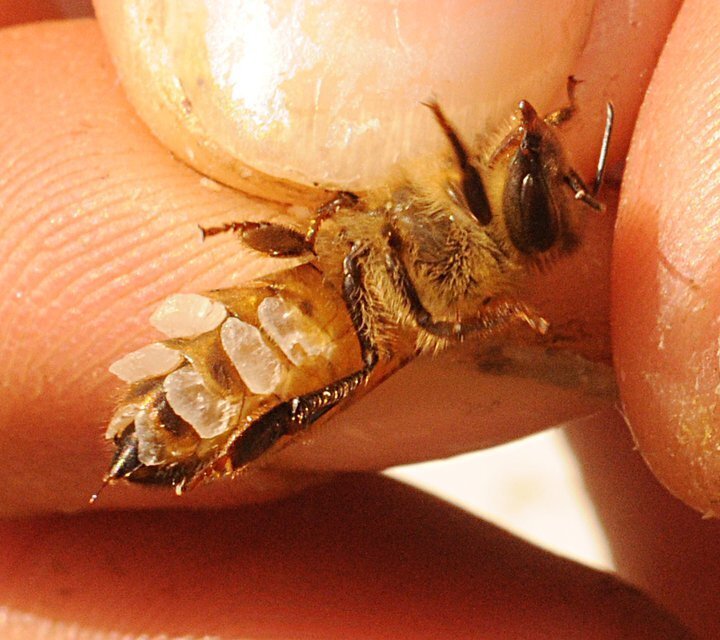All About Beeswax
Beeswax is nothing short of amazing! It’s not only beautiful and wonderfully fragrant, but it’s also a key ingredient in a wide array of everyday products, from soap and moisturizer to chapstick, deodorant, and makeup. You probably already know that bees make beeswax, but have you ever wondered what they use it for and how they create it? Let’s delve into the fascinating process behind beeswax production and its vital role in the hive.
Beeswax: The Foundation of the Hive
For honey bees, beeswax is the very foundation of their home. They use it to build the intricate honeycomb structure, where they store pollen, nectar, and capped honey, and where they raise their brood (eggs, larvae, and pupae). Beeswax is secreted as a liquid from eight specialized glands located on the abdomen of worker bees. Once this liquid wax comes into contact with the cool air, it hardens into tiny, white, flaky scales.
Interestingly, not all worker bees produce wax. The task falls to the young worker bees, known as "house bees," who are typically between 12 and 20 days old. These bees play a crucial role in wax production during this stage of their life within the hive.
A worker bee secreting fresh wax scales from her abdomen
The Art of Building a Hive: Festooning and Wax Work
To transform these wax scales into the beautiful hexagonal cells of the honeycomb, bees engage in a behavior known as "festooning." In this process, the bees form a living chain by linking their bodies together. As the house bees secrete wax, the scales are passed along the festooning chain, where they are received by special hairs on the bees’ hind legs. From there, the wax is passed forward to their mouths, where it is kneaded, molded, and mixed with secretions from the mandibular glands to make it pliable for construction.
During this process, the initially white wax begins to take on a slight yellow hue and becomes more opaque. This color deepens further as pollen and nectar are stored in the honeycomb’s cells. It’s estimated that it takes about 1,100 individual wax scales to produce just 1 gram of beeswax!
Festooning bees making beeswax
The Energy Behind Beeswax Production
Beeswax production is highly dependent on the hive’s conditions, particularly the availability of food and the temperature. The hive’s ambient temperature needs to be between 91°F and 97°F (33°C and 36°C) for the bees to produce wax efficiently. On cooler days, bees cluster around the wax-producing bees, generating heat to maintain the necessary temperature for comb building.
Over millions of years, bees have perfected the art of comb construction. The hexagonal shape of the cells is no accident; it allows the bees to store the most honey by weight while using the least amount of wax. This efficiency is crucial because beeswax is incredibly energy-intensive to produce. In fact, bees must consume about 8 pounds of honey to produce just 1 pound of wax. To conserve this precious energy, bees will often reuse beeswax, which can also influence the color of the wax—the darker the wax, the more times it has been used (and potentially the more it has been exposed to pesticides). Darker wax is often found in cells where baby bees have been reared.
Looking Ahead: Crafting with Beeswax
In a future blog post, we’ll explore how you can harvest and cure beeswax from your hive to use in candles, soap, lotions, and all your other creative endeavors. But for now, we’d love to hear from you! What are your favorite things to make with beeswax? Share your ideas and projects with us—we’re excited to see how you put this incredible natural resource to use!



